The practise of applying engineering concepts and methods for problem-solving to biology and medicine is known as biomedical engineering. In contrast to other engineering specialties, it entails creating and using expertise and information connected to contemporary biological concepts in the engineering design process for the benefit of human health.
The top 7 biomedical projects for students to learn from and put their talents to the test are as follows:
1. Low Cost Robotic Agent Design for Disabled and Covid-19 Affected people
The Covid-19 epidemic has recently affected the whole planet. Because of the fear of the spreading virus among carers, physicians, and other people, the virus has crippled individuals completely defenceless. Through this endeavour, a robotic agent will be created that can assist persons with disabilities and those infected by viruses using low-cost equipment.
The robotic agent will be able to identify the patient's gesture and move 360 degrees while following instructions through it. The system uses an accelerometer sensor from an Arduino board instead of image processing to recognise gestures.
Your research career will be intelligently monitored and reshaped by Biomedical Projects. Bioengineers must possess a strong engineering foundation as well as practical understanding of biology, physiology, and medicine in order to solve challenges in the real world and ensure the successful completion of the project.
2. A wearable system for respiratory and pace monitoring in running activities: a feasibility study
The goal of this project is to develop a wearable device that uses a MQ2 sensor to measure CO, a temperature sensor to gauge body temperature, and a heartbeat sensor to gauge the wearer's heart rate.
If the relevant values exceeded a threshold value, GSM/GPRS is utilised to transfer the same data to the cloud and an LCD is also used for display.
Your research career will be intelligently monitored and reshaped by Biomedical Projects. Bioengineers must possess a strong engineering foundation as well as practical understanding of biology, physiology, and medicine in order to solve challenges in the real world and ensure the successful completion of the project.
Must Read: Robotics Projects for Engineering Students
3. Intelligent Monitoring System for NICU (Neonatal Intensive Care Unit)
The neonatal emergency unit employed in this work to care for sick and premature babies. With the aid of a microcontroller and sensors, we have created a system to keep an eye on these kids. The DHT11 sensor, DS18B20, LDR sensor, gas sensor, heartbeat sensor, and other sensors are used in this system to monitor the temperature, pulse rate, and any hazardous substances that may be present in the environment.
The cloud is used to store the sensor data. An IoT platform is used by the health professional to continuously monitor and access this information for neonatal checking.
Your research career will be intelligently monitored and reshaped by Biomedical Projects. Bioengineers must possess a strong engineering foundation as well as practical understanding of biology, physiology, and medicine in order to solve challenges in the real world and ensure the successful completion of the project.
The project creates a system for patients to be reminded to take their medications, which allows the user to input the recommended times for the patient to take their prescription. The microcontroller is going to put this data in the EEPROM. Continuous time reading from the RTC is done by the microcontroller.
The system shows a list of the medications that must be taken at that specific prescribed time on the LCD and illuminates the LED associated with that medication when the timings read from the RTC equal the timings recorded in the EEPROM. In this instance, an IR sensor is installed in the pill box to determine whether the patient has actually taken their medication.
Your research career will be intelligently monitored and reshaped by Biomedical Projects. Bioengineers must possess a strong engineering foundation as well as practical understanding of biology, physiology, and medicine in order to solve challenges in the real world and ensure the successful completion of the project.
5. Design of a Vaccine Storage and Transportation System in Remote Areas Based on Raspberry Pi
Based on the Raspberry Pi, this project creates a smart system for storing and transporting vaccines. Process monitoring, tracking of goods in storage and transit, temperature control, and vaccination transmission are all features of the system.
It is practical for rural places and integrates hardware and software. It intends to offer “last mile” assistance to kids in far-off places who require immunisations.
Your research career will be intelligently monitored and reshaped by Biomedical Projects. Bioengineers must possess a strong engineering foundation as well as practical understanding of biology, physiology, and medicine in order to solve challenges in the real world and ensure the successful completion of the project.
The study suggests a wearable fall detector that can automatically detect falls and immediately notify carers, therefore lowering hazards. To achieve this, the study suggests a user-adaptive fall detection based on cluster analysis and a combination of an accelerometer and a heart rate sensor.
With a simple model and excellent accuracy under a variety of circumstances, the suggested fall detector seeks to achieve its goals. We also test the efficiency of the cluster-analysis-based anomaly identification as well as the performance improvement of integrating an accelerometer and a heart rate sensor.
Furthermore, the study demonstrates how well the user-adaptive approach works when both the heart rate and the acceleration signals are used.
Your research career will be intelligently monitored and reshaped by Biomedical Projects. Bioengineers must possess a strong engineering foundation as well as practical understanding of biology, physiology, and medicine in order to solve challenges in the real world and ensure the successful completion of the project.
7. Designing IoT-Based Independent Pulse Oximetry Kit as an Early Detection Tool for Covid-19 Symptoms
The Emergency Ventilator System's design is described in full here. With control electronics, external data visualisation and monitoring equipment, and mechanical compression of manual resuscitators, the device ventilates patients.
The study presents evidence that it is suitable for open loop, pressure- and volume-controlled ventilation. As a medical device, the system has not been cleared for usage or gone through any clinical trials.
The development of health monitoring systems and open-source ventilation will benefit from the free availability of the project documents required to duplicate the prototype.
Your research career will be intelligently monitored and reshaped by Biomedical Projects. Bioengineers must possess a strong engineering foundation as well as practical understanding of biology, physiology, and medicine in order to solve challenges in the real world and ensure the successful completion of the project.

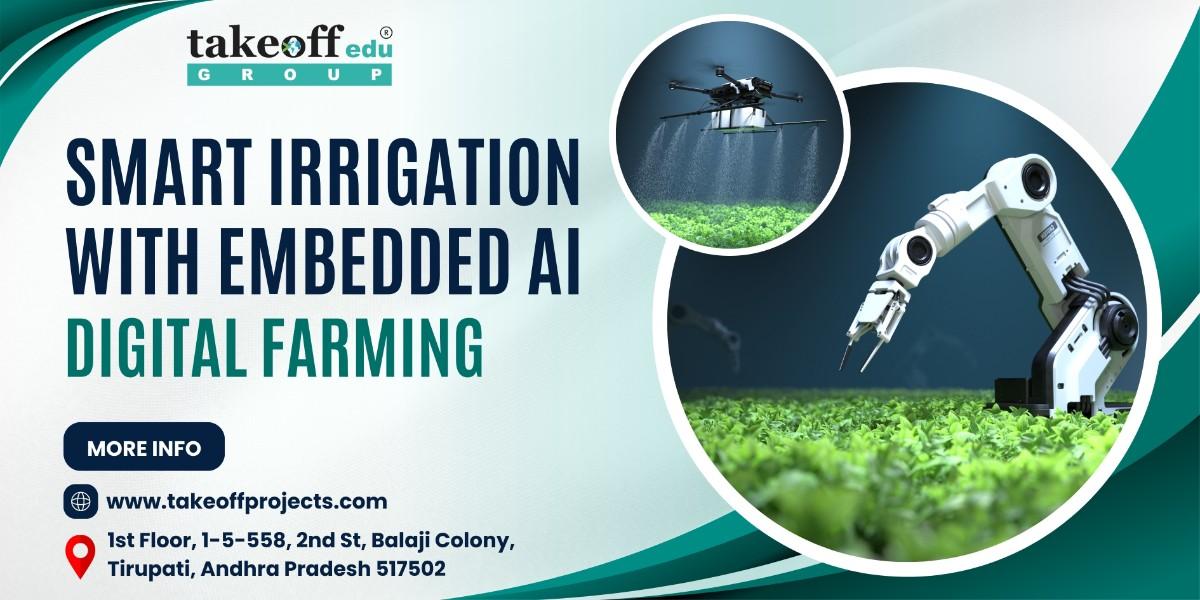 Smart Irrigation with Embedded AI: Digital Farming
Smart Irrigation with Embedded AI: Digital Farming 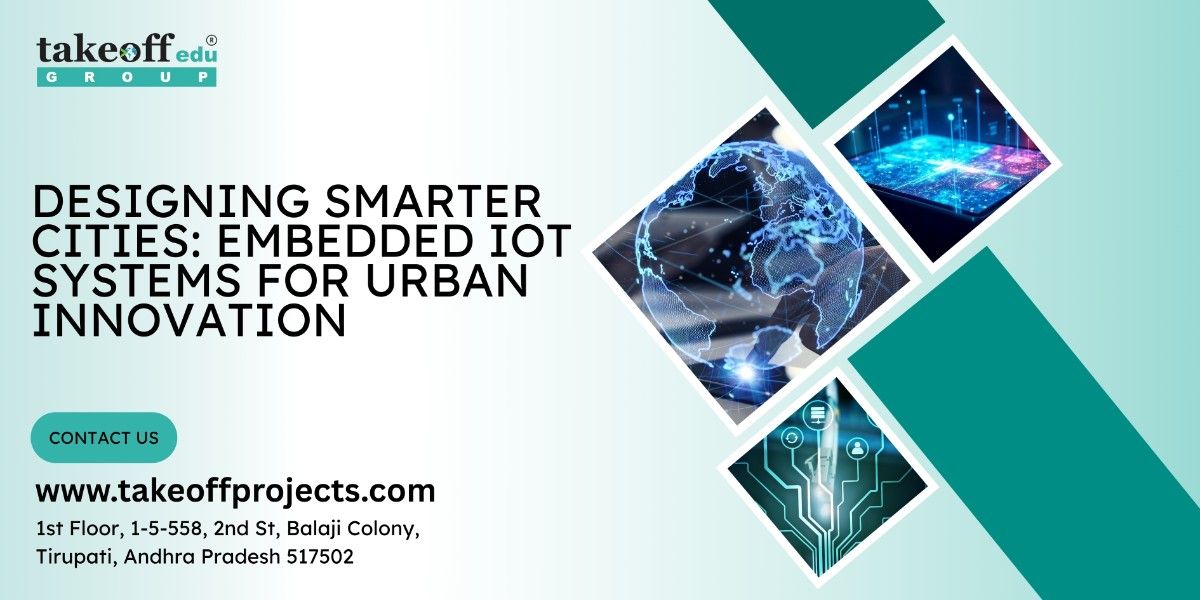 Designing Smarter Cities: Embedded IoT Systems for Urban Innovation
Designing Smarter Cities: Embedded IoT Systems for Urban Innovation 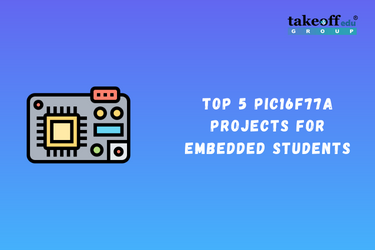 Top 5 PIC16F77A Projects for Embedded Students
Top 5 PIC16F77A Projects for Embedded Students  Top 7 Arduino Projects for Students
Top 7 Arduino Projects for Students  Top 5 Node MCU Projects
Top 5 Node MCU Projects  Top 5 Raspberry Pi Projects
Top 5 Raspberry Pi Projects 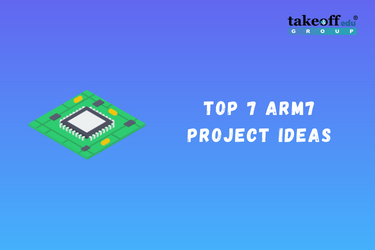 Top 7 ARM7 Project Ideas
Top 7 ARM7 Project Ideas  Top 5 Mechatronics Projects for ECE
Top 5 Mechatronics Projects for ECE  Top 5 Renewable Energy Projects Ideas
Top 5 Renewable Energy Projects Ideas  Top 7 Artificial Intelligence Project Ideas
Top 7 Artificial Intelligence Project Ideas  Top 7 WSN Projects for Students
Top 7 WSN Projects for Students 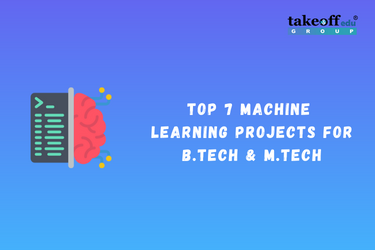 Top 7 Machine Learning Projects for BTech & MTech
Top 7 Machine Learning Projects for BTech & MTech  Top 7 Image Processing Projects
Top 7 Image Processing Projects  Top 7 Industrial Automation Projects
Top 7 Industrial Automation Projects  Top 7 Deep Learning Projects for Final Year Students
Top 7 Deep Learning Projects for Final Year Students 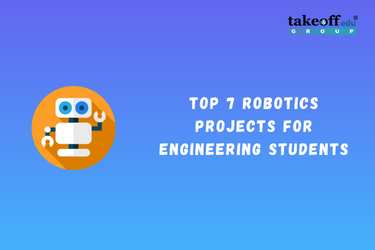 Top 7 Robotics Projects for Engineering Students
Top 7 Robotics Projects for Engineering Students 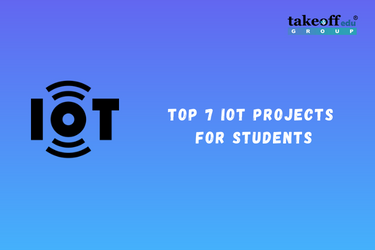 Top 7 IoT Projects for Students
Top 7 IoT Projects for Students 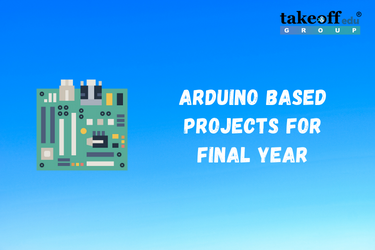 Arduino based Projects for Final Year
Arduino based Projects for Final Year  Embedded Projects for ECE
Embedded Projects for ECE  FPGA Projects for Engineering Students
FPGA Projects for Engineering Students  New Deep Learning Projects Ideas & Topics 2022
New Deep Learning Projects Ideas & Topics 2022  Machine Learning Projects for Final Year CSE
Machine Learning Projects for Final Year CSE 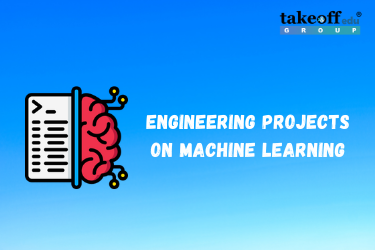 Engineering Projects on Machine Learning
Engineering Projects on Machine Learning 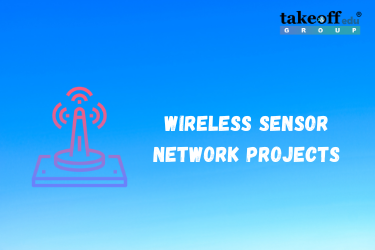 Wireless Sensor Network Projects
Wireless Sensor Network Projects 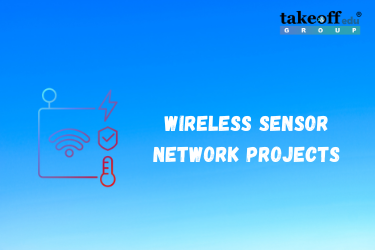 Wireless Sensor Network Projects with Source Code
Wireless Sensor Network Projects with Source Code 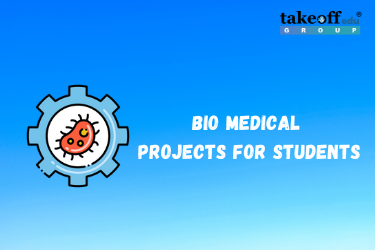 Latest Bio Medical Projects for Students
Latest Bio Medical Projects for Students 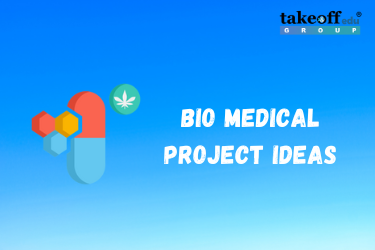 Innovative Bio Medical Project Ideas & Topics 2022
Innovative Bio Medical Project Ideas & Topics 2022 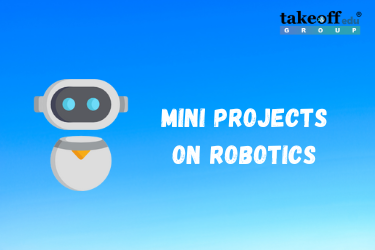 21+ Interesting Mini Projects on Robotics
21+ Interesting Mini Projects on Robotics 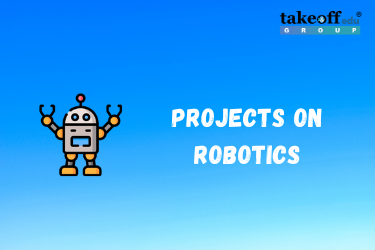 Engineering Student Projects on Robotics
Engineering Student Projects on Robotics 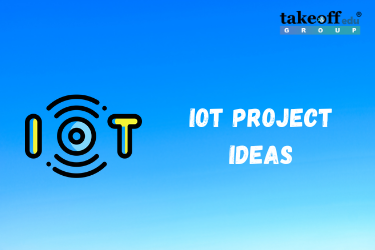 Innovative IoT Project Ideas for Engineering Students 2022
Innovative IoT Project Ideas for Engineering Students 2022 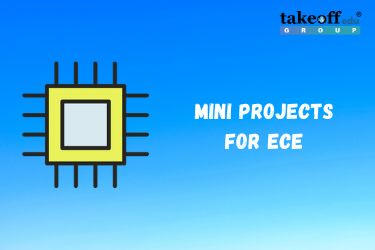 Latest Mini Projects for ECE Students 2022
Latest Mini Projects for ECE Students 2022 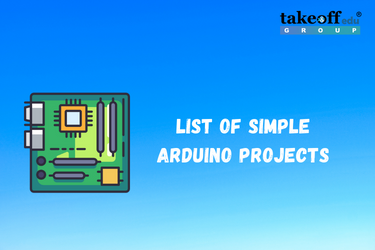 List of Simple Arduino Projects
List of Simple Arduino Projects 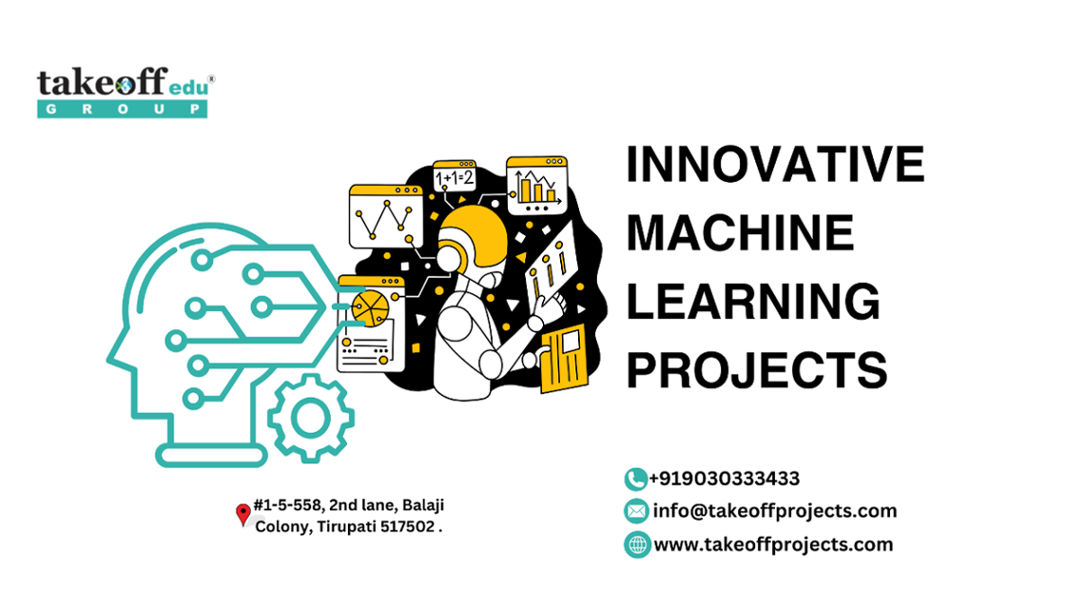 Innovative Machine Learning Projects
Innovative Machine Learning Projects 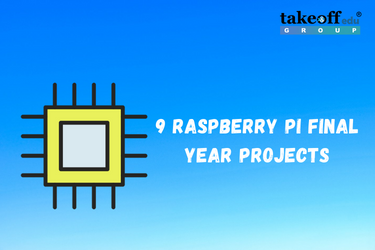 9 Raspberry Pi Final Year Projects
9 Raspberry Pi Final Year Projects 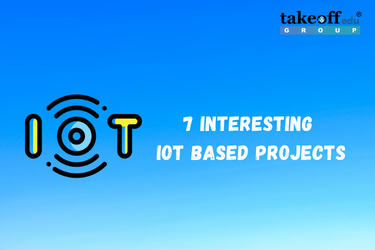 7 Interesting IoT Based Projects
7 Interesting IoT Based Projects 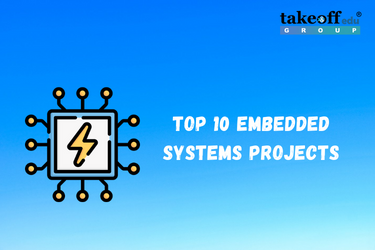 Top 10 Real Time Embedded Systems Projects for Students 2022
Top 10 Real Time Embedded Systems Projects for Students 2022 
 Paper Publishing
Paper Publishing


